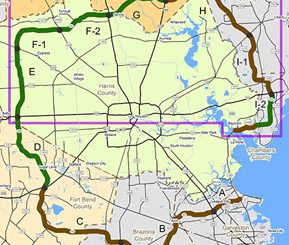 In 2012, I wrote about the critical importance of aligning software development with business objectives, highlighting how a clear understanding of both technical and business requirements is essential for successful project outcomes. In 2025, this principle remains central, even as the tools and methodologies we use to evaluate and deliver on these needs have evolved.
In 2012, I wrote about the critical importance of aligning software development with business objectives, highlighting how a clear understanding of both technical and business requirements is essential for successful project outcomes. In 2025, this principle remains central, even as the tools and methodologies we use to evaluate and deliver on these needs have evolved.
>div class="clearfix">
The Distinction Between Technical and Business Requirements
As Parkinson (2000) aptly pointed out, distinguishing between technical and business requirements is a foundational skill for any software engineer. Consider the following examples:
- Technical Requirement: The need for a new printer to handle increased output.
- Business Requirement: A more efficient printing algorithm that reduces spooling time and enhances productivity.
In today’s digital landscape, this distinction is more critical than ever. Engineers must not only understand what is being requested but also why it is needed, ensuring that technical solutions directly address business drivers.
Breaking Down Business Drivers
According to Machavarapu (2006), business drivers can be segmented into “chunks” for more precise evaluation. For example, an Expense Reduction driver can be broken down into:
- Customer Service Expenses: Reducing call times or improving first-call resolution.
- Customer Acquisition/Retention: Enhancing user experience or streamlining onboarding processes.
- Operational Efficiency: Automating repetitive tasks or optimizing resource allocation.
Organizations can prioritize IT projects that align most closely with strategic goals by assigning weights to these chunks. This weighted evaluation ensures that resources are directed toward measurable business value initiatives.
The Danger of Misaligned IT Projects
One timeless caution for developers and engineers is to watch out for projects initiated with vague or misguided goals. As I wrote in 2012, reasons like “Wanting to stay abreast of the latest technology advances” often translate to “Spend money on shiny new buttons.” Without legitimate business needs to guide them, such projects risk failure or, worse, divert funding from truly impactful initiatives.
With the rise of AI, blockchain, and other emerging technologies in 2025, the temptation to chase "the next big thing" will be even greater. However, successful projects remain rooted in business priorities, not just technological ambitions.
The Role of Modern Tools
Today, modern tools and frameworks have made it easier to align development efforts with business goals:
- AI-Driven Analytics: Predictive analytics can evaluate project outcomes and help prioritize initiatives based on expected ROI.
- Agile Frameworks: Agile methodologies emphasize continuous feedback from stakeholders, ensuring that development remains aligned with business needs.
- Cloud-Based Collaboration Tools: Platforms like Jira, Confluence, and Monday.com enable better communication and transparency between technical and business teams.
A Final Thought
Business-driven software development remains a delicate balance between understanding technical possibilities and addressing strategic needs. Engineers and developers must continue to evaluate projects critically, ensuring that every line of code contributes to measurable business outcomes.
Joseph Reynolds originally posted this in 2009. It was reposted here on February 12, 2009. This post is updated for 2025.
